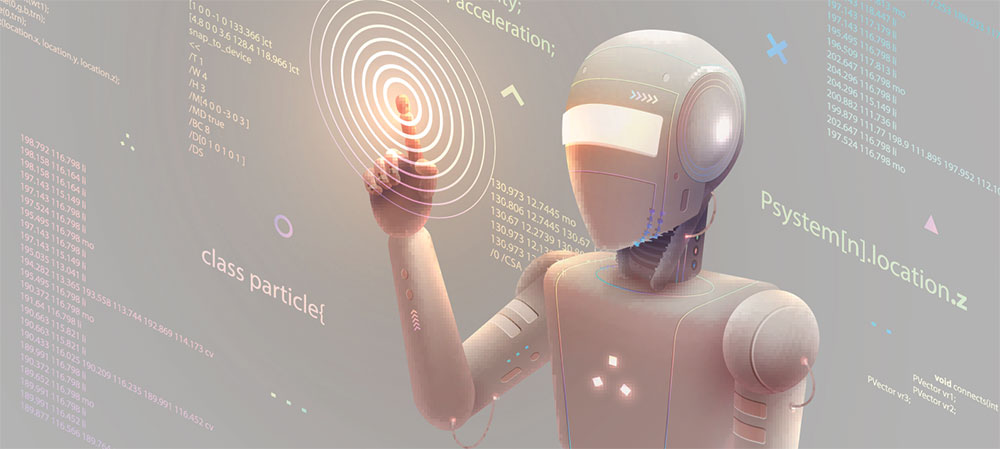
A recent uptick in angry online choruses from the artistic community has led to an increased awareness over the promise or threat, depending on your viewpoint, of Artificial Intelligence (A.I.) programs producing artwork on its own, thanks to user text-to-image commands. Overnight it feels as if A.I. generator apps and terminology like Lensa, LAION, Midjourney, Dall-E, DreamUp, and Stable Diffusion have moved from the vocabulary of cutting-edge beta testers and into everyday mom-and-pop conversation.
What started out as a simple app that turned user profile pictures into A.I.-generated portraits has erupted into dire warnings about these types of programs stealing from human artists to produce these pieces and call them their own.
Venture into these discussions and you’ll frequently hear or read “copyright laws,” “fair use,” and “soulless machines” (a bit ironic, in my opinion, when these communications happen online).
The clearest deduction that can be made at this time is that Internet reality may just be too darn quick and changing in order to come up with the necessary laws and regulations to govern what is legal and what is not.
This controversy and this technology are both in their infancy.
At the moment, we’re not exactly up to where Skynet, W.O.P.R., and Ex Machina are churning out stunning masterpieces using their pallets made from binary numbers and digital paints. Instead we may be a decade or two away from such A.I. artistes setting up along the Information Superhighway and selling “their” genius artworks.
Artistic theft is a serious moral issue that needs to be publicized and dealt with, but part of me also wonders if some of this virtual gnashing stems from white collars and creative types coming face-to-face with automation—which, for years, felt like a more-blue-collar issue.
I’m interested to see how this eventually affects the sign industry. Many shops are already using similar-type programs as tools to help develop or modify design ideas. But you’re also dealing with savvy shops making increased efforts to bring onboard designers straight out of school and onto their production floors.
Are some shop owners already interested in possibly solving their hiring issues by bringing A.I. onboard their staff? Or will some shops have to worry about Bots in addition to their competition down the street from snatching their design ideas and customers?
In 2023, as mentioned, we’re in A.I. baby steps. But down the road, how ready are you to address that eventual giant leap?
—Jeff Wooten










